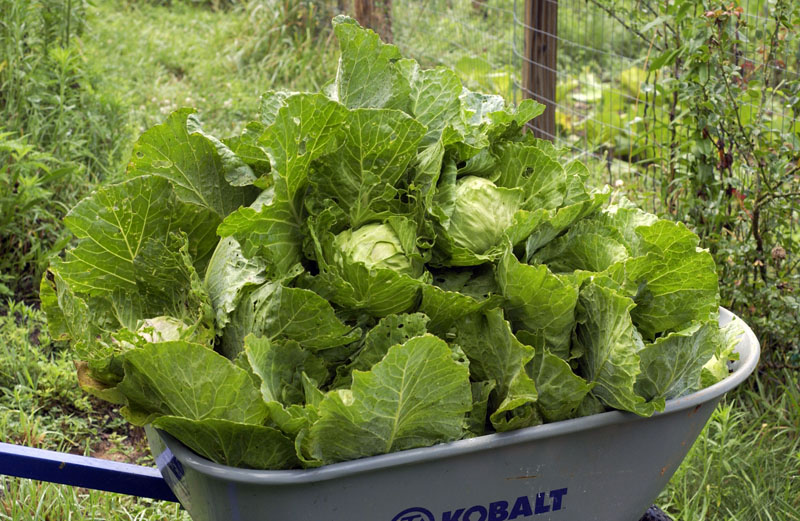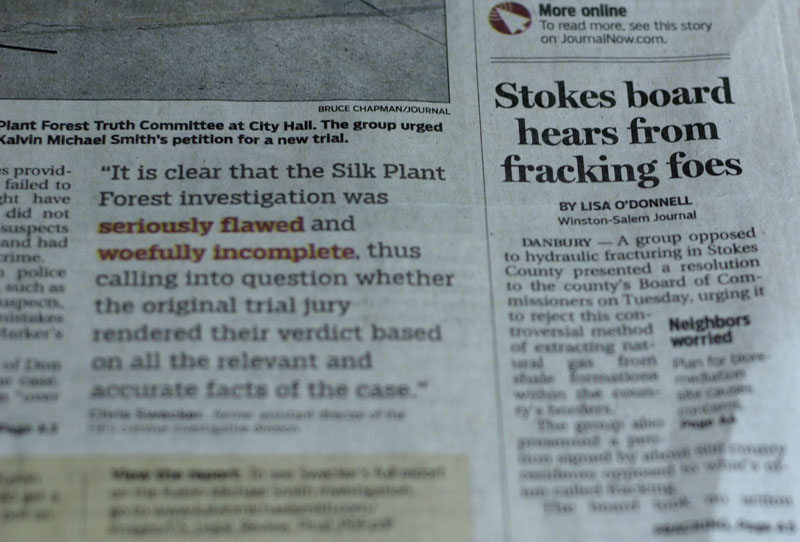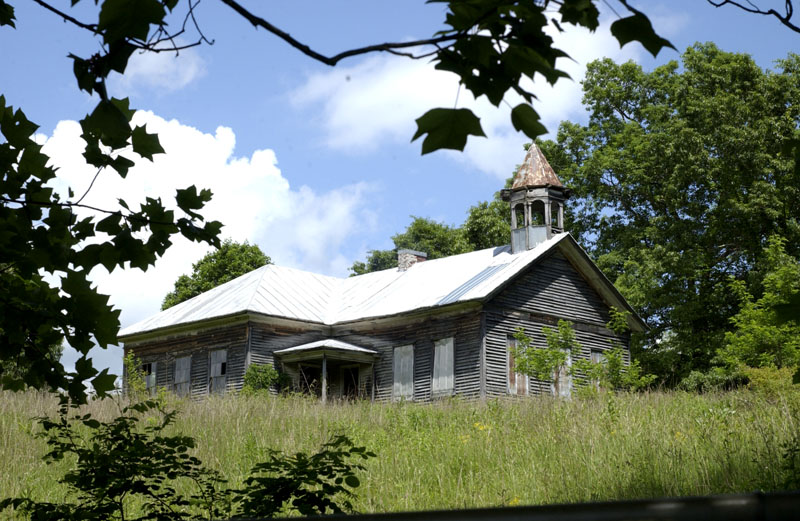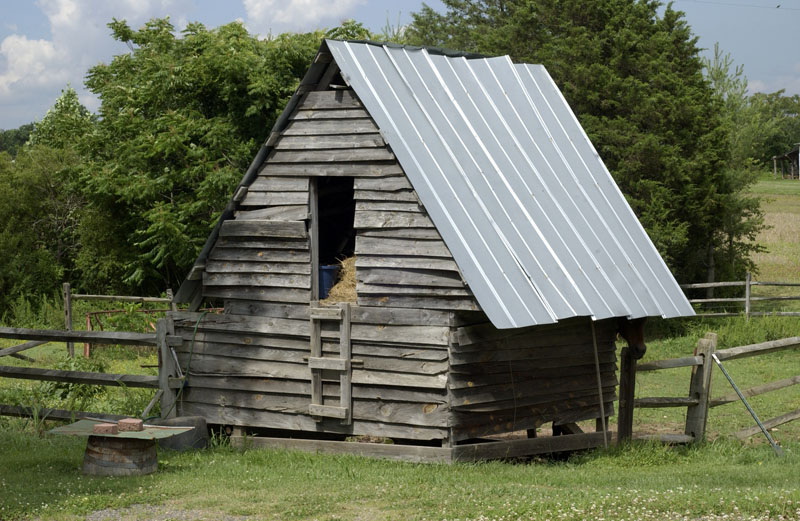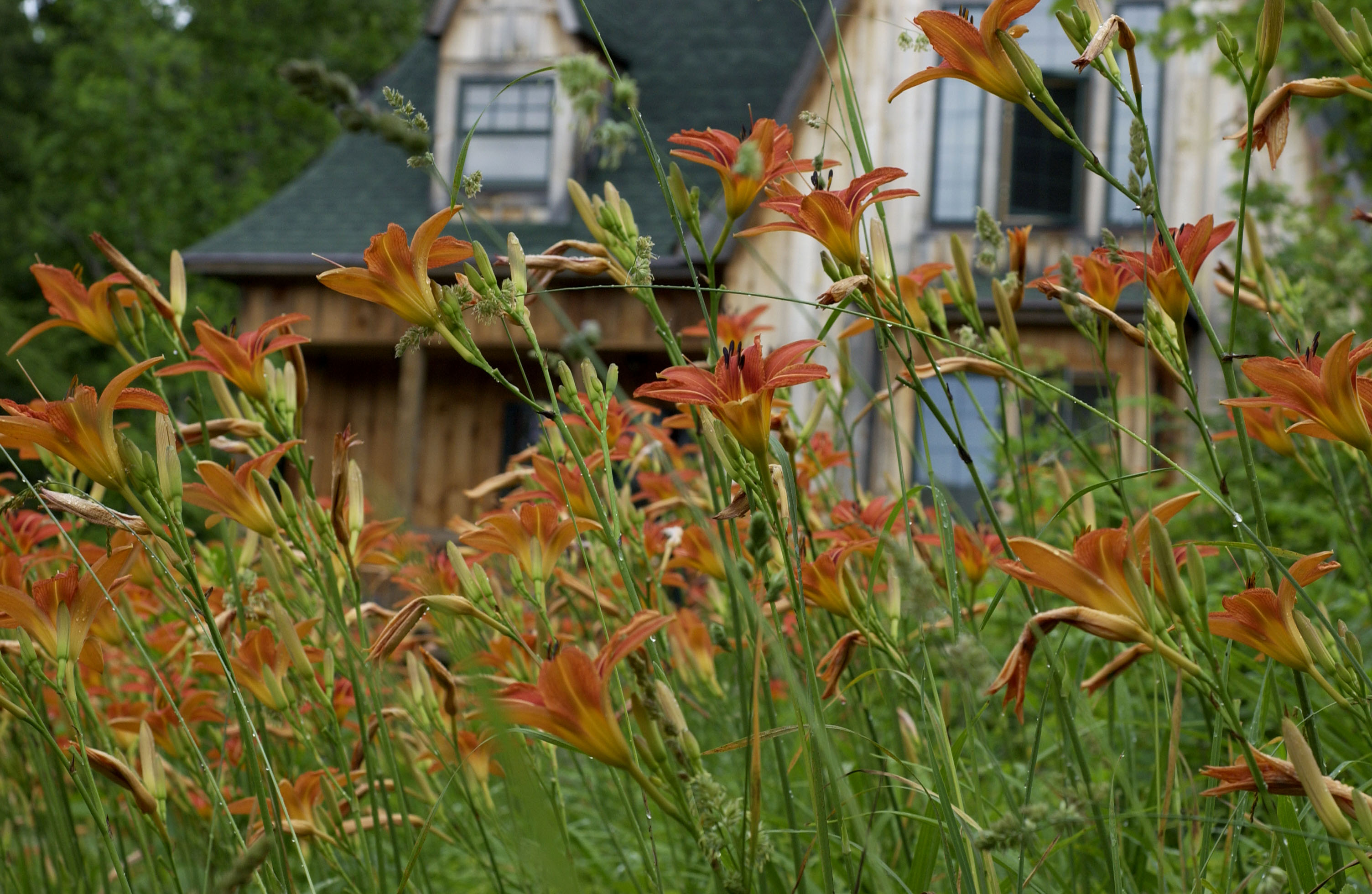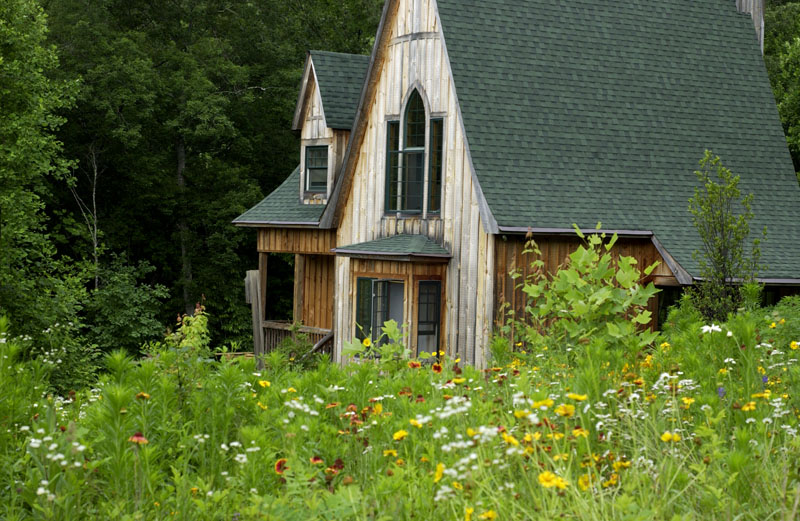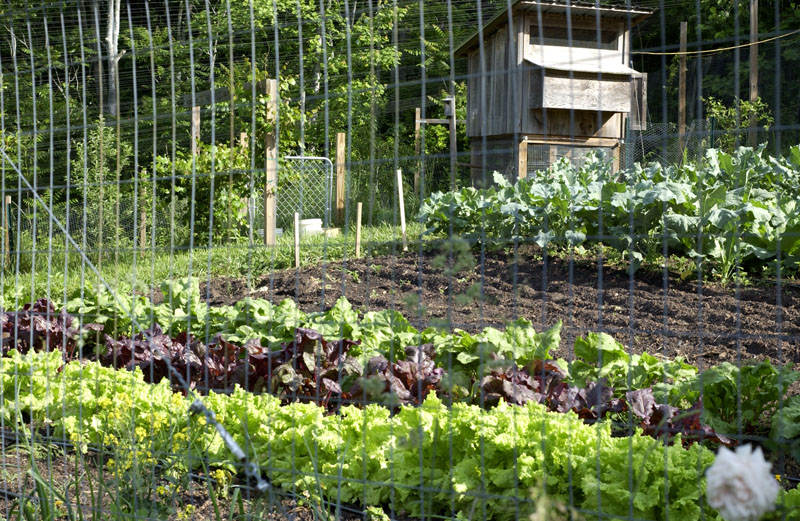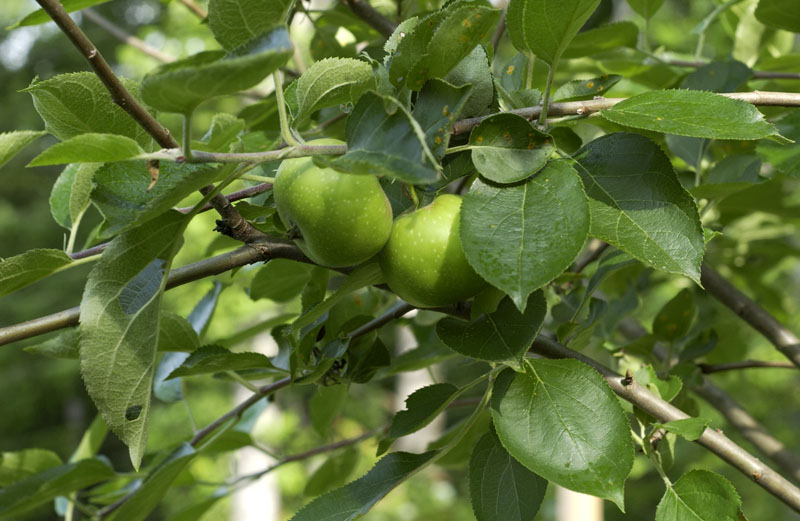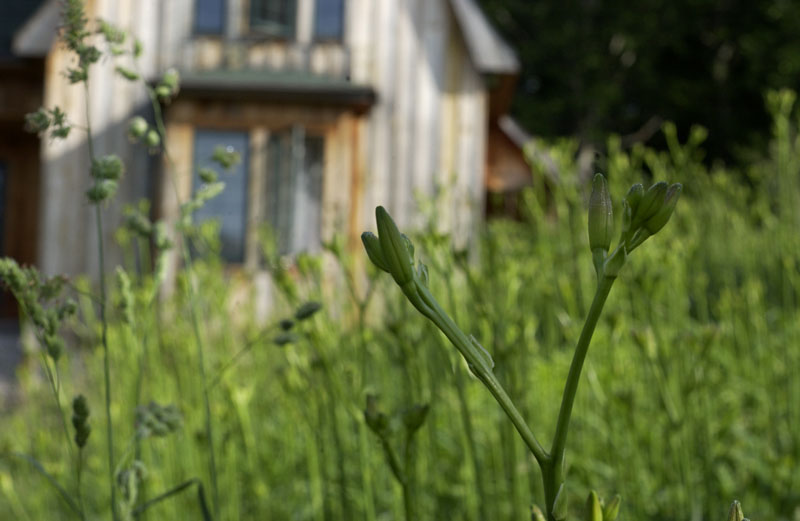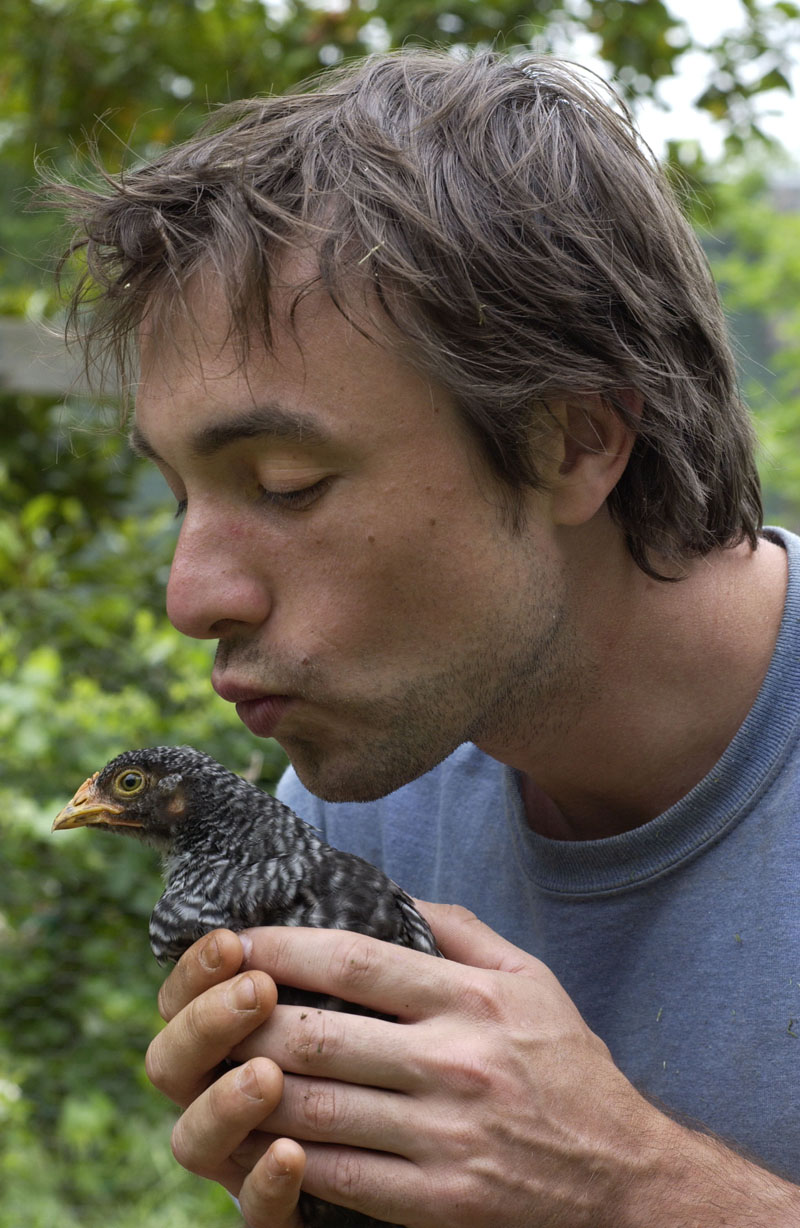
Above: From an Armistead Maupin status update on Facebook
So Armistead Maupin is leaving San Francisco. For those of you who have read his books (Tales of the City, More Tales of the City, Further Tales of the City, etc.), this is a big deal. That aura of myth and magic around San Francisco was partly created by two very important writers, both of whom published in the San Francisco Chronicle (from which I retired in 2008).
The other writer, of course, was columnist Herb Caen, who died in 1997. Both Maupin and Caen loved San Francisco passionately. Both wove webs of magic around San Francisco’s places and people. Armistead Maupin’s magic was a more personal magic, contained in the lives and loves and heartbreaks of the characters he created. Caen’s magic was more extraverted. It was largely to be found in places — bars, eateries, hangouts — often lurking in the fog. Caen once said, “One day if I do go to heaven, I’ll look around and say, ‘It ain’t bad, but it ain’t San Francisco.'” Caen’s magic was easier to find. Even visitors could find it, just making the rounds, living well, soaking up the atmosphere. Maupin’s magic was much more elusive. For Maupin’s magic, you had to have a life, even if that life wasn’t what you always thought it would be. And you had to have people in your life who understood how to help each other create magic out of everyday materials.
The center of the universe
I have thought a great deal about a magical power that writers have. They can cause the center of the universe to move. Pick a setting, any setting. It might be San Francisco. It might be a shack in Mississippi. It might be a beat-up old car rolling down a highway in Tennessee. It could be a hospital room. It could be a back yard in suburbia. It could be an imaginary place, out among the stars. But wherever that place is, if a writer can tell a true and beautiful story in that place, then that place becomes the center of the universe.
There is a wonderful line in George Lucas’ Star Wars. Luke Skywalker is a bored, dreamy teen-ager, living with his step parents, doing chores on the desert planet of Tattooine. One day two droids show up — R2D2 and C3PO. While Luke is repairing the droids, C3PO says, “As a matter of fact, I’m not even sure what planet I’m on.” Luke Skywalker replies, “Well, if there’s a bright center of the universe, you’re on the planet that it’s farthest from.”
To feel ourselves far from the center of the universe contains more existential pain than we ever admit.
But what Luke Skywalker doesn’t suspect is that, at that very moment, he is at the bright center of the universe. That is because a true and beautiful story is being told — Luke’s story, partly — but Luke doesn’t know it. It’s a secret for only the storyteller and the reader to know. But a good storyteller also knows some things about the reader that the reader doesn’t know.
It has been my good fortune to have known lots of good writers. One writer I knew back in the 1980s, at the time he published Ender’s Game, is Orson Scott Card. He used to say that the key to the best stories, to the truest stories, is that the storyteller is telling the reader’s own story. But the reader, who is unable to tell the story himself, doesn’t know it.
That was certainly true of Armistead Maupin’s stories. Maupin showed people a whole new way to live — simple, sweet, kind. He taught people how to not be too hard on themselves, or on each other. In his stories, the most ordinary events could contain a world of meaning and bring us to tears. His stories changed people’s lives.
When we are the center of the universe, we feel happy. We feel that life has meaning. Orson Scott Card would say that this is why people are so hungry for stories. Stories — good stories, at least — help us find our place in the universe. When we can’t do that, we become depressed, miserable. It’s hard to find meaning in our lives.
A friend from my San Francisco days now lives in Sacramento. He has to deal with a recurring sadness: He is having a great deal of difficulty creating magic in Sacramento. He pines for San Francisco. As any writer knows, settings do make a difference. Some kinds of stories just can’t be told in some kinds of places. A shack in Mississippi is the natural setting for only certain stories. The same is true of San Francisco. Stories certainly could be told in the suburbs of Sacramento, but to find that story may require a very difficult existential struggle. When we feel ourselves beaten down by that struggle, we instinctively turn to storytellers for help.
Most psychologists would say that living too much in the imagination is not healthy, that human beings function best when they are well-adapted to their actual environment, that excessive mythologizing can even be kind of dangerous. Maybe. But I don’t think so. I have long understood that I was happiest when I felt surrounded by magic, even when sustaining that magic required a certain level of delusion. That was one of the reasons I moved to San Francisco, more than 20 years ago. I could no longer sustain a sense of magic where I was. I needed a change of setting if there was to be any hope of finding magic.
To leave San Francisco is frightening, in a way. One has fears and dreads about what kind of magic — if any — exists outside of San Francisco. I remember telling my sister, when Acorn Abbey existed only in my imagination, that I wanted a place that felt as though magic was possible there. Settings matter. One feels one’s setting in one’s everyday life. Other people might feel it too. It’s possible to create magic alone. Magic also can be a co-creation. Even groups can create magic, though group magic is likely to be unstable, because people change, and people come and go. San Franciscans have created a powerful magic, as a group. But in 1997, when Herb Caen died, a powerful source of that group magic was lost. As my friend Rob Morse wrote in the San Francisco Examiner the day after Caen died, “We’re on our own now.”
And now San Francisco must make its magic without Armistead Maupin.
Just don’t forget: The center of the universe can be absolutely anywhere. It’s all in the story you tell.
Postscript: Orson Scott Card’s Ender’s Game is being made into a movie starring Asa Butterfield and Harrison Ford. It will be released in 2013.

